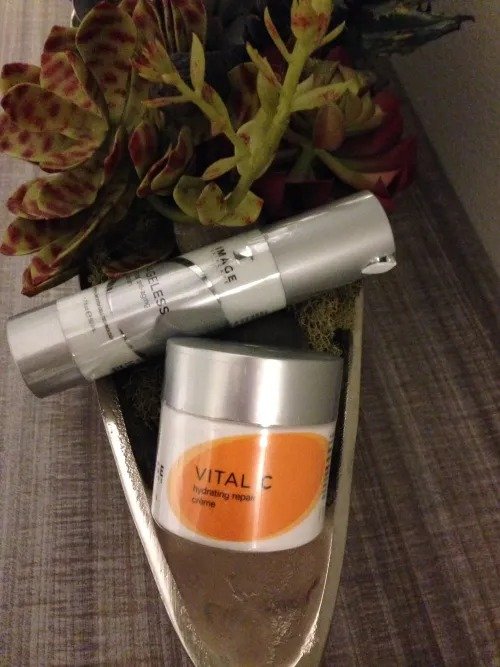Treatment Options for Dry Skin
Dry skin is the most common complaint I hear in my treatment room. I think it’s important to understand the difference between dry and dehydrated skin.
Dry skin is a skin type that is related to oil production. Skin is genetically predisposed to inadequate oil production, which lead to chronic dryness, or skin becomes dry and oil production decreases with age.
Skin with normal oil production will have a light hydrolipid film composed of oil. The T zone may produce more oil than other areas. Having that light hydrolipid film is very important. Too many times clients try to strip their skin too much. Different types of exfoliation from cleansers to brushes all contribute to stripping the skin. Finding balance is very important because too much exfoliation (removing hydrolipid film) will lead to premature aging, cronic ski inflamation and can cause other skin problems. Everyone needs this film to keep the skin properly protected and hydrated.
Dry skin is lacking hydrolipid film appears tight, dull or many times shows signs of premature aging. This dryness and lack of barrier function is a leading cause of dehydration, because with no protective barrier, skin is susceptible to transepidermal water loss. In this case, even if enough water is being taken in, the skin will be inable to retain the hydration.
Dehydration is a skin condition that is related to the water content of the skin. We can experience epidermal or dermal dehydration, but in many cases we can have both. Each has different causes and treatments and, much like dryness and dehydration, these two conditions often overlap and closely impact one another. Well hydrated skin will appear smooth and dewy on the surface. The epidermis will be plump, supple and bounce back easy, indicating good elasticity. Epidermal dehydration is indicated by crepiness or small lines that form when the skin is manipulated during skin analysis. Scales may form in case of more severe, chronic surface dehydration. Dermal dehydration causes depletion of the dermis and will ultimately result in deeper wrinkles that are visible on the surface of the skin, as well as elastosis and sagging skin.
Treatment options:
Oxygen infusion of hyaluronic acid. Hyaluronic acid is well known as one of the most effective skin hydrating ingredients. We need to use multiple weights in a formulation in order to address different aspects of hydration.
Red LED light therapy can improve all aspects of dryness and dehydration. The red LED can improve barrier function by increasing oil production and skin perspiration to enhance the hydrolipid film.
Using proper skin care routine will maintain a proper level of hydration on the skin. I suggest to all my clients to use a hyaluronic serum day and night underneath their moisturizer to ensure proper hydration and maintain healthy barrier function of their skin.

